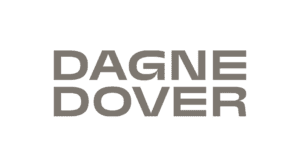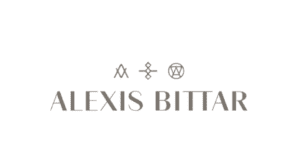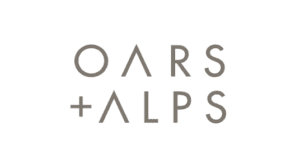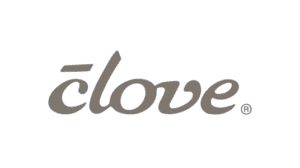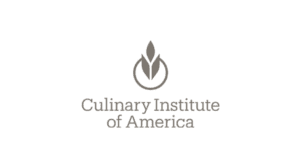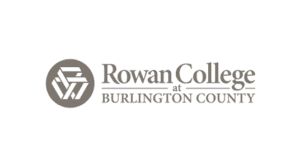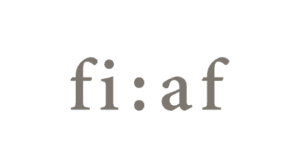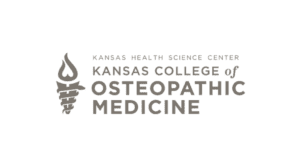A student enrollment journey is a combination of online and offline touch points. Yet, many higher education marketers track only online marketing activities and therefore miss important information about the quality and value of the leads. To tackle this common issue, we hosted a webinar together with Google to discuss smarter data integration tactics.
Webinar hosts Stephanie Chan, Agency Development Manager at Google, and Adrian Padron, Director of Media at Mason Interactive, explored Google’s Offline Conversion Tracking as an advanced solution for education marketing professionals who want to increase efficiency and profitability.
Continue reading for the webinar highlights and more information about Offline Conversion Tracking.
2021 Higher Education Trends
Student enrollment journey is expanding
The changes inflicted by the 2020 pandemic influenced institutional consolidations, budget freezes, and an increase in demand for online education. Effectively, the environment is moving quickly and ferociously towards new and diverse student enrollment journeys.
“While other crises reshaped the future, Covid-19 is just making the future happen faster…”
Scott Gallaway, NYU Professor
Now that budget freezes are warming back up, colleges and universities use integrated marketing strategies to drive more, and higher quality leads to their admissions teams. Today, prospective students may enter the lead flow after searching for a specific degree program on Google, seeing an ad while streaming a video, or word-of-mouth referrals.
The demand for online education continues to grow
Online education degrees and programs experienced an almost overnight growth spurt in 2020. Stephanie shared results from Google’s recent study that showed a shift in demand for online education happened promptly in January 2020. Why? The P-a-n-d-e-m-i-c, of course! More schools created online learning spaces for high school students and postgraduate adult learners who consider online education a “must-have” when deciding where to apply.
Gone are the days when students opted for legacy or local schools only. “Online education provides prospective students with the flexibility of learning from home or while sustaining other responsibilities, Stephanie said, “approximately 42% of prospective students consider at least one other school when evaluating their options.”
Since digital education is rising in K-12, higher EDU’s should expect this trend to continue as online culture expands into early academic careers. So, let’s take a closer look at prospective students before they apply to your school. By knowing your student lead-to-enrollment journey, you’ll attract more valuable leads.
Refining the Application to Enrollment Journey
Here’s an assignment: Ask your marketing team, “How much visibility do we have on our student enrollment journey?” If you’re not sure or have little visibility, here are some preliminary discussion questions to gain more perspective on your lead-to-enrollment journey.
How do students most likely find your school?
It’s no surprise that the internet significantly boosts campus discovery through social media and search platforms. During the webinar, Stephanie shared data from GlobalWebIndex (GWI2020 Report) stating that “52% of prospective students leverage search engines during their [college] research journey.”
Here are some primary higher education lead generation tactics:
- Online search engines, like Google and YouTube
- Social media, including Facebook, LinkedIn, and Twitter
- Word-of-mouth from current or past students and staff
- Top-of-mind from local awareness
What happens to new leads?
It’s increasingly common for schools to use CRM software like Hubspot and Salesforce to integrate their prospective student data with their marketing campaigns. Once a student submits an inquiry form, their information loads into the CRM as a ‘Prospective Student.’ Then, an admissions counselor or recruiter contacts them and gathers additional details.
After advising, the staff member provides the prospect with resources for applying to their program of interest and helps throughout the application process. A conversion happens when the student completes enrollment and becomes a ‘Current Student’ in the college’s CRM.
Attracting and Tracking High-Quality Leads for Higher Education
Why do high-quality leads matter so much in higher education today? Because reaching enrollment goals and retaining students relies on getting the right students at the right time in their academic growth. Focus on attracting high-quality students for an efficient and profitable enrollment process that benefits both students and the institution.
Attracting high-quality leads
The best answer to “how to attract high-quality leads” is “use an omnichannel marketing approach”. Most colleges find success through an integrated marketing plan which includes a tailored, omnichannel digital advertising strategy.
To create a digital advertising strategy, a) perform a competitive analysis b) and gather information about prospective student and family psychographic and demographic qualities. To meet your goals, you might need to make an initial investment (so it’s best to work with an experienced education marketing partner who understands your needs).

Bridge the gap between online and offline attribution
Obtaining and managing prospective student lead data helps you identify and invest in your school’s top-performing lead generation tactics. Be on the lookout for gaps in your data! In particular, the gap between offline and online conversions.
What are online and offline conversions?
Online conversions happen when students visit a landing page, submit an inquiry, or apply online. The lead source tracking occurs through APIs and pixels. Offline conversions occur via email, over the phone, or in person. The lead source is relatively unknown unless integrated with other data sets.
So, how do you track the lead source for offline conversions? And, how do you know which online actions influenced your offline conversions?
The benefits of Google Offline Conversion Tracking
Luckily, cutting-edge advertising platforms like Google create solutions for integrating data sources. Google provides Offline Conversion Tracking (OCT) through their Google Adwords Platform. Using a GCLID (a privacy-friendly user identification code) to cross-analyze data uploaded from your college CRM, Google allows you to integrate online conversions with offline conversions.
“We’ve found that integrating multiple sources of customer data into the application to enrollment journey has resulted in 20% efficiency gains.”
Stephanie Chan, Google
Here are some benefits of Google’s Offline Conversion Tracking:
- You’ll be able to make better decisions about driving better leads with integrated data
- You’ll get a better understanding of your ROI
- More cost-efficient bidding due to a better info feed for AI/Smart campaigns
To enjoy the full benefits of Offline Conversion Tracking it’s important to involve your digital advertising agency, Web Developer, CRM Manager, and Google Ads Admin. Together, they can create an Offline Conversion Tracking strategy and process for set-up, website and CRM modifications, and data uploads.
Working with an Agency for Offline Conversion Tracking (OCT)
If you want more information about Offline Conversion Tracking for your college or university, contact Mason Interactive for a discovery session with our well–educated, Google Adwords Certified team.








